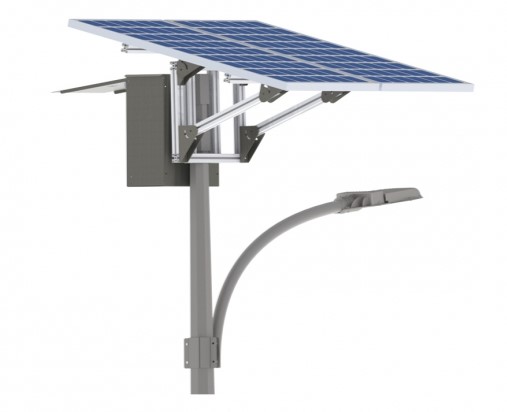Table of Contents
3D Video Display technology has revolutionized the way we experience visual content. The evolution from traditional 2D displays to immersive 3D video displays has been driven by significant advancements in display technology, content creation, and user interaction. In this article, we will delve into the workings of 3D video displays and explore the various factors that contribute to their capability to render 3D content.
Types of 3D Video Displays
Autostereoscopic Displays
Autostereoscopic 3D video displays do not require special glasses to view 3D content. These displays use various methods such as parallax barriers, lenticular lenses, and volumetric display techniques to create the illusion of depth. Parallax barriers are placed in front of the display panel to direct light to the viewer’s eyes, creating different images for each eye. Lenticular lenses, on the other hand, use a series of magnifying lenses to project different images to each eye. Volumetric displays generate images in three-dimensional space, allowing users to view the content from multiple angles.
Stereoscopic Displays
Stereoscopic 3D video displays, commonly seen in cinemas and home entertainment systems, require the use of glasses to perceive depth. These displays work by showing two slightly different images to each eye, either using passive polarized glasses or active shutter glasses. The brain then combines these two images to create a 3D effect. Passive polarized glasses use filters to separate the images, while active shutter glasses synchronize with the display to alternate the images between the left and right eyes.
Key Components of 3D Video Displays
Display Panel
The display panel is the core component of any 3D video display. High-resolution panels with fast refresh rates are essential for rendering smooth and realistic 3D content. Modern 3D video displays often use OLED or LCD technology, which provides vibrant colors and excellent contrast ratios. The refresh rate, typically measured in Hertz (Hz), determines how many times the display updates the image per second. A higher refresh rate, such as 120Hz or 240Hz, ensures a smoother viewing experience and reduces motion blur.
Image Processing Unit
An advanced image processing unit (IPU) is crucial for handling the complex computations required for rendering 3D content. The IPU processes the input signal, converts it into two separate images for each eye, and ensures synchronization with the display panel. This processing includes tasks such as depth mapping, image scaling, and frame interpolation. A powerful IPU can enhance the overall quality of the 3D content by reducing artifacts and improving image clarity.
Applications of 3D Video Displays
Entertainment and Gaming
3D video displays have found widespread adoption in the entertainment and gaming industries. Cinemas equipped with 3D projection systems offer viewers an immersive movie experience, while gaming consoles and PCs with 3D capabilities provide gamers with a new level of realism. According to a 2024 market report, the global 3D display market is expected to reach $180 billion by 2027, driven by the increasing demand for high-quality visual experiences.
Medical and Scientific Visualization
In the medical field, 3D video displays are used for surgical planning, medical training, and diagnostic imaging. These displays allow doctors to visualize complex anatomical structures in three dimensions, improving accuracy and outcomes. Similarly, in scientific research, 3D video displays are employed to analyze complex data sets and simulate physical phenomena.
Future of 3D Video Displays
The future of 3D video displays holds exciting possibilities. Emerging technologies such as holographic displays and augmented reality (AR) are set to redefine the way we interact with 3D content. Holographic displays create fully immersive 3D images without the need for glasses, while AR combines digital content with the real world, offering new applications in education, design, and navigation.
In conclusion, 3D Video Display technology continues to evolve, offering increasingly sophisticated and immersive experiences. From entertainment and gaming to medical and scientific applications, the potential of 3D video displays is vast and ever-expanding.
0










